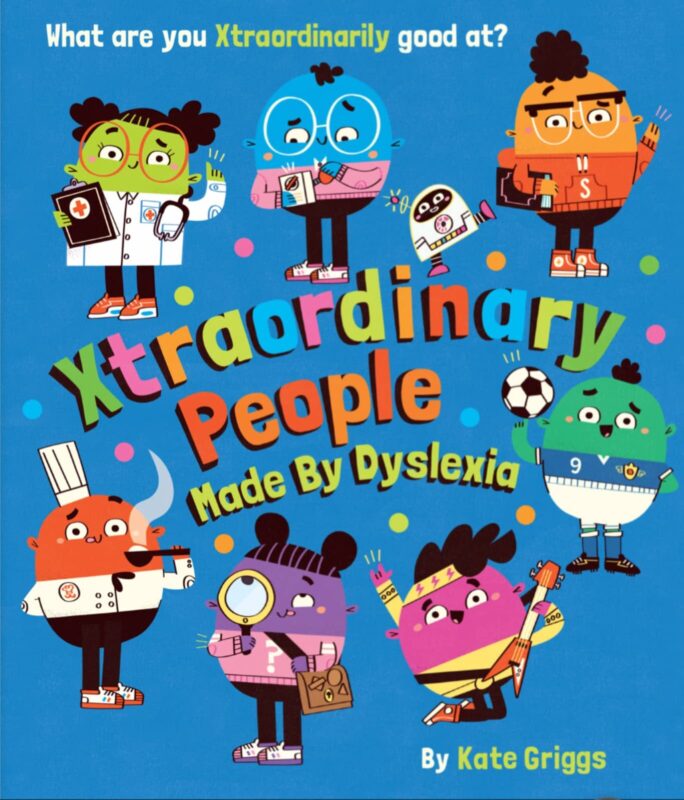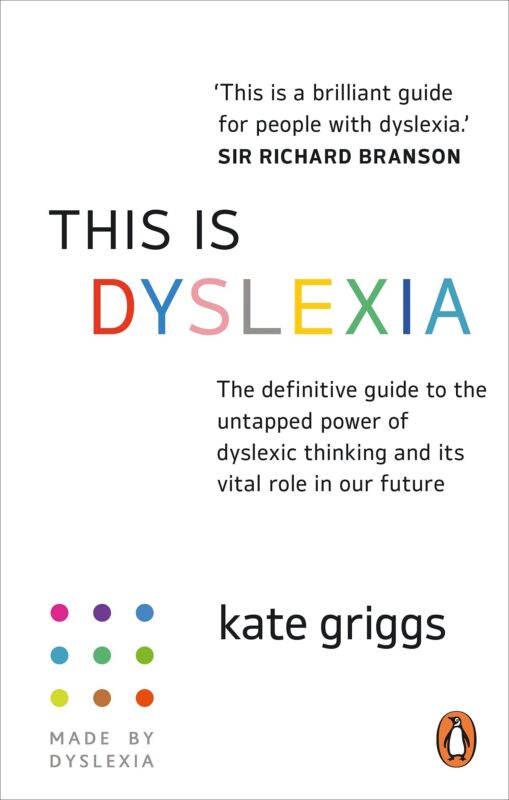Dyslexic brains literally think differently to others, and that’s a good thing! After all, some of the world’s greatest changemakers have been Dyslexic thinkers, from Thomas Edison inventing the light bulb to Steve Jobs creating the iPhone. Seeing things differently has helped dyslexics to invent things we can’t live without, imagine what others couldn’t see, and solve problems that others weren’t able to crack!
Dyslexic thinkers have incredible strengths in creativity, problem-solving and communication skills. Sadly, traditional benchmarking in schools means exams can’t always measure the valuable dyslexic thinking skills that dyslexic children have. But knowing they are dyslexic helps them to understand why some things come naturally and others may be trickier.
The most important thing is to help them find what they’re good at – and do lots of it. By focusing on their dyslexic strengths, they can and will go far. Dyslexia is a superpower!
There are seven dyslexic thinking archetypes in children. Most people
with dyslexia are a combination of a few of these archetypes, rarely
all! These are:
STORYTELLERS
- Love stories and enjoy creating
their own. They also often like to explain and make sense of things.
They love listening to stories and watching them on TV. As adults they
become expert communicators, so they make great journalists, teachers
and politicians. On paper they might have a hard time articulating and
organising their ideas, but when asked to verbalise what they’re
thinking, the richness of their vocabulary and the complexity of their
ideas can be mind-blowing! Famous dyslexic storytellers include Roald
Dahl and Liz Pichon.
- To help storytellers thrive at home and at school, give them
opportunities (and ask their teachers to give them opportunities) to
express themselves verbally, in ways other than through traditional
text, grammar and writing for instance, through presentations.
MAKERS
- Just love to build with bricks and put
together puzzles. Some makers love to cook, craft or make models.
Others create fantastic art or paintings, and some prefer using tech and
gadgets. They can be especially good at visualising how parts fit
together and seeing an object or concept from multiple angles in their
minds. As adults, they become brilliant visualisers, who use their
dyslexic thinking skills to interact with space, senses, physical ideas
and new concepts. They make great architects, designers, gardeners,
artists or programmers when they grow up. Famous dyslexic makers include
Steve Jobs, Picasso and Jamie Oliver.
- Makers may have a difficult time when it comes to showing their
work in certain scenarios. They might also be able to get to a solution
quicker than they can express it, because in their minds they can just
see it. It’s important to understand this as a parent and ensure their
teachers at school understand it too.
ENTERTAINERS
- Love to entertain. Some like to play musical instruments, sing or dance. Some like to act. Others are jokers and like to make people laugh. As adults, they become expert communicators who tell stories and use their intuition and empathy to understand people around them. Entertainers have no problem standing in front of a room of people and often keep everyone laughing, which can make them great actors, musicians, comedians, salespeople, or presenters.
- But remember that they may sometimes do this as way to compensate or distract from areas where they are having a difficult time. As parents, we need to find ways to support them through this. Recognise and remember when they do things to make us laugh or draw attention to themselves that no child wants to fail or get in trouble Make sure they know you love this about them and help them find different avenues to express themselves.
If you’re a parent of a dyslexic child, the most transformative thing
you can do is to help them spot their dyslexic strengths and value
their dyslexic thinking skills, instead of allowing them to be defined
by their challenges. Four in five successful people with dyslexia
attribute their success to their dyslexic thinking. Focusing on things
they are naturally good at, instead of what they find tricky, leads
dyslexic thinkers into jobs they love and lives that are fulfilling.
Kate Griggs is the founder and CEO of the global charity Made By Dyslexia, host of the Lessons in Dyslexic Thinking podcast and the author of Xtraordinary People (a book for young dyslexic thinkers) and This is Dyslexia (a book for adult dyslexic thinkers).
Visit www.madebydyslexia.org












